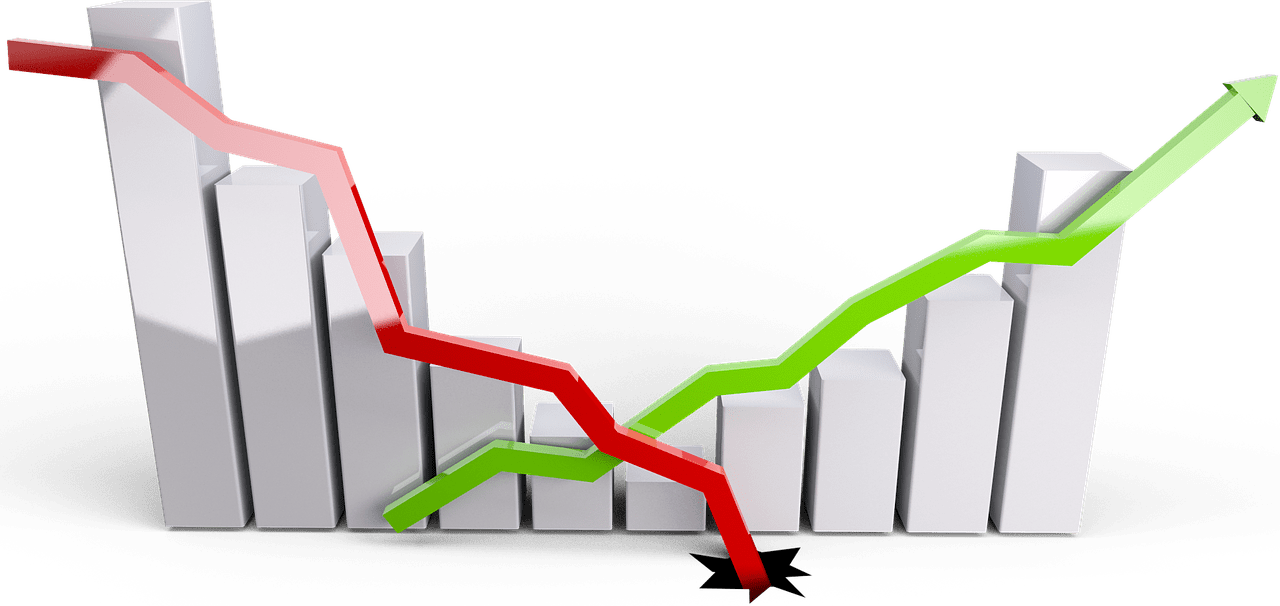
PM Orbán: The EU Risks “Falling Apart”
To preserve European cooperation, the Hungarian PM proposed a sweeping restructuring of the Union into “concentric circles.”

To preserve European cooperation, the Hungarian PM proposed a sweeping restructuring of the Union into “concentric circles.”

As many EU states still feel the burn from 2022’s inflation peak, new policies risk reigniting the fire.

In a stunning admission, the central bank concedes that more public debt is the only path to more economic growth in the euro zone.
President praises the 100 different events opposed to ditching the national currency—which protestors link to national identity.
The Prague government is reviewing national preparedness to join the eurozone—while ruling it out in practice, for now.

While the U.S. has its economic problems, the runaway government debt being an ominous example, its unending reliance on domestic spending for domestic prosperity is a winning recipe over time.

In its press release, the ECB reports that bank credit to euro-area residents grew at 5.9% in March.

At 3.0%, Sweden ranked lowest in year-to-year GDP growth; Germany came in second from the bottom at 3.7%

On an annual basis, three countries exceeded 50% producer-price inflation: Ireland (63.4%), Romania (57.7%), and Denmark (53.8%). At 6.2%, Malta had the lowest in

European inflation is now at U.S. levels and all euro-zone member states except Malta now have annual inflation rates above 5%.